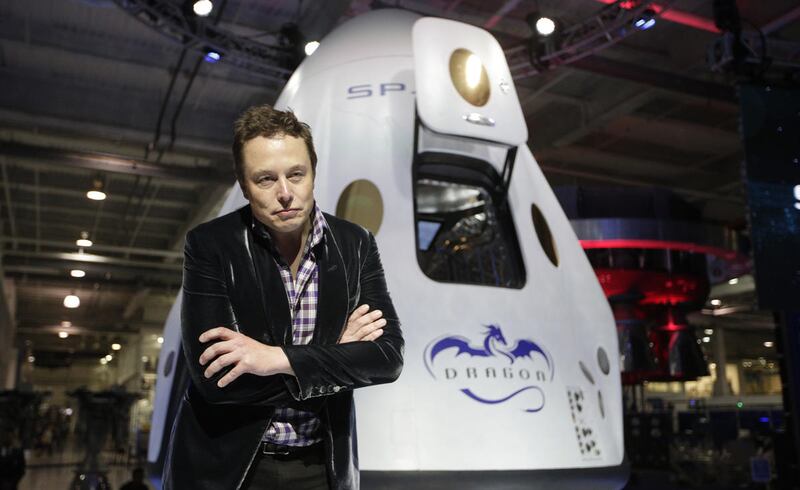Given the current political environment, some may feel it is a good time to go to Mars. This week, President Obama announced that by the 2030s the United States will send humans to Mars and back. As President Obama wrote in an op-ed published Tuesday by CNN, the nation’s long-term goal is “to one day remain (on Mars) for an extended time.”
Those following the newly competitive space race, may see the announcement as little more than a yawn. Before Obama made his statement, space-hungry billionaire Elon Musk announced that his company, SpaceX, would put humans on the Red Planet in the mid-2020s. Moreover, Bas Lansdorp, CEO of the Dutch-based Mars One, said: "We're going to live on Mars in 2027." Not to be outdone, Boeing CEO Dennis Muilenburg declared that whoever gets to Mars first will do so using a Boeing rocket.
And then there’s Richard Branson’s Virgin Galactic space vacation initiative. For a small fortune, Galactic plans to send non-astronaut citizens up to space and bring them back, we hope in one piece.
The increased competition and crop of private enterprises engaged in space exploration is a positive development and a credit to NASA's new model of studying and encountering the final frontier. NASA no longer appears to be frittering funds, but is using its budget to spur innovative and financially efficient space exploration corporations.
To understand how different the collaborative Mars endeavor is from the original NASA-based moon shot, it's helpful to go back to some early space and aeronautics history.
There were initially two very different approaches to the technology of space travel. One was a "flyable" capsule and the other was a "rideable" capsule. There was neither the time nor the money available to pursue both paths simultaneously so they chose the latter, which became the "rideable" Apollo capsule design.
Once the moon race was successfully won, attention turned to reducing the cost of space launches. This revived the original concept of the reusable and flyable design. Rather than focus on a far-away target, the goal was to create, support and supply a space station in low Earth orbit.
Increasing pressure on both safety and financial stability of NASA opened the modern era of space exploration. For the first time it is now possible for private entities, with government incentives and subsidies, to create multiple competing designs of spacecraft. These designs hold the very real prospect of lowering the cost of space travel such that interplanetary exploration is possible within the next couple of decades.
Instead of being the exclusive innovator in space technology, NASA has become the primary funding source and technical clearinghouse for private innovations and investments in space enterprises. The race to Mars is heating up precisely because multiple entities are convinced they can get there first.
With that said, some have expressed legitimate concerns about using federal funds to fuel private space exploration. After all, if Blue Origin or SpaceX arrives on Mars first and discovers valuable mineral resources, do they have the right to claim or exploit them? Still others wonder if the nation should spend money in space when there are enough problems worth solving here on Earth. Those who support these investments contend that many of the solutions to pressing earthly problems may yet be found through pushing and exploring extra-earthly boundaries.
These queries are worthy of further debate and discussion. However, in the interim, the emerging model for NASA seems to be driving results in a positive direction. Many voters frustrated with this election season may welcome some optimistic news regarding the nation’s progress into space, yet after Nov. 8, some will undoubtedly be disappointed that they can't get there faster.

